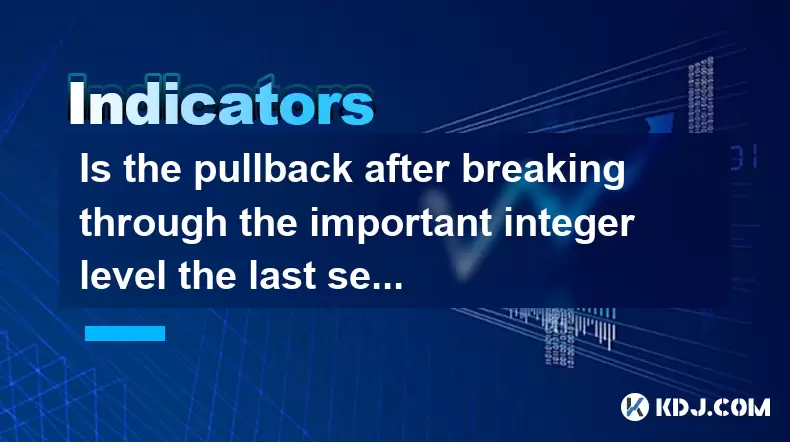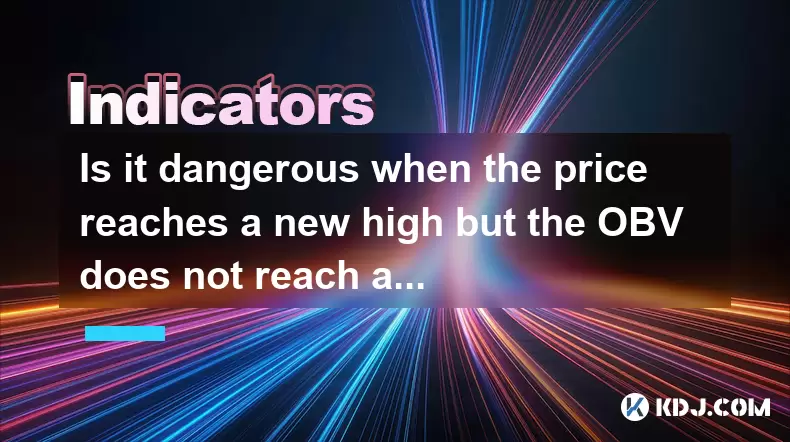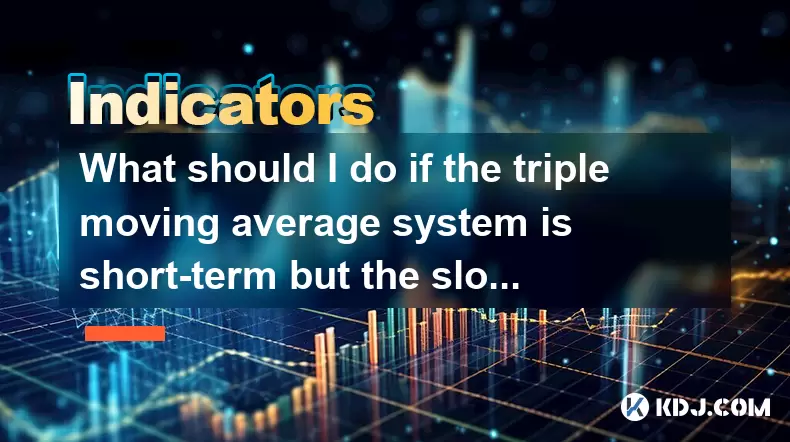-
 Bitcoin
Bitcoin $106,754.6083
1.33% -
 Ethereum
Ethereum $2,625.8249
3.80% -
 Tether USDt
Tether USDt $1.0001
-0.03% -
 XRP
XRP $2.1891
1.67% -
 BNB
BNB $654.5220
0.66% -
 Solana
Solana $156.9428
7.28% -
 USDC
USDC $0.9998
0.00% -
 Dogecoin
Dogecoin $0.1780
1.14% -
 TRON
TRON $0.2706
-0.16% -
 Cardano
Cardano $0.6470
2.77% -
 Hyperliquid
Hyperliquid $44.6467
10.24% -
 Sui
Sui $3.1128
3.86% -
 Bitcoin Cash
Bitcoin Cash $455.7646
3.00% -
 Chainlink
Chainlink $13.6858
4.08% -
 UNUS SED LEO
UNUS SED LEO $9.2682
0.21% -
 Avalanche
Avalanche $19.7433
3.79% -
 Stellar
Stellar $0.2616
1.64% -
 Toncoin
Toncoin $3.0222
2.19% -
 Shiba Inu
Shiba Inu $0.0...01220
1.49% -
 Hedera
Hedera $0.1580
2.75% -
 Litecoin
Litecoin $87.4964
2.29% -
 Polkadot
Polkadot $3.8958
3.05% -
 Ethena USDe
Ethena USDe $1.0000
-0.04% -
 Monero
Monero $317.2263
0.26% -
 Bitget Token
Bitget Token $4.5985
1.68% -
 Dai
Dai $0.9999
0.00% -
 Pepe
Pepe $0.0...01140
2.44% -
 Uniswap
Uniswap $7.6065
5.29% -
 Pi
Pi $0.6042
-2.00% -
 Aave
Aave $289.6343
6.02%
Is the pullback after breaking through the important integer level the last selling point?
After a cryptocurrency breakout, a pullback often tests the broken level, offering traders a potential buying opportunity if volume remains low and support holds.
Jun 17, 2025 at 08:57 pm

Understanding Important Integer Levels in Cryptocurrency Trading
In the world of cryptocurrency trading, certain price levels hold significant psychological and technical importance. These are commonly referred to as important integer levels—such as $10,000 for Bitcoin or $1,000 for Ethereum. These levels often act as strong support or resistance zones due to trader psychology and algorithmic behavior.
When a cryptocurrency asset approaches one of these key levels, traders pay close attention to how the price reacts. A breakout occurs when the price moves decisively above or below such a level with strong volume and momentum. However, it's not uncommon for the market to experience a pullback after a breakout. This retracement can confuse traders about whether this is a final opportunity to sell or just a normal correction within a larger trend.
What Is a Pullback After a Breakout?
A pullback after a breakout refers to a temporary reversal in price direction following a successful move beyond an important level. For instance, if Bitcoin breaks through $30,000 and then pulls back to test that level again before continuing upward, this is considered a healthy consolidation phase.
Such pullbacks are common in both traditional and crypto markets. They occur because some traders take profits after the initial surge, while others see the retest as a buying opportunity. The question arises: is this pullback the last chance to sell before a deeper decline?
The answer depends on several factors including volume during the pullback, candlestick patterns, and broader market sentiment. If the pullback holds above the broken level (now acting as support), it suggests strength in the uptrend and may not be a reliable selling point.
How to Analyze Volume During a Pullback
One of the most crucial aspects of evaluating a pullback is examining volume patterns. In a healthy breakout scenario, the initial surge should be accompanied by high volume, indicating strong participation from buyers. Conversely, during the pullback, volume should typically decrease, suggesting that sellers are not in full control.
- High volume during the pullback might indicate aggressive selling pressure, possibly signaling further downside.
- Low volume during the pullback often implies a lack of conviction among sellers, increasing the likelihood that the trend will resume.
Traders should also compare current volume to average volume over a specific period, such as 20 or 50 days. If the pullback volume is significantly lower than average, it reinforces the idea that the pullback is merely a pause rather than a reversal.
Technical Indicators That Can Help Confirm the Trend
To better assess whether a pullback is the last valid selling point, traders can incorporate various technical indicators into their analysis:
- Moving Averages: If the price remains above key moving averages (e.g., 20-day or 50-day EMA) during the pullback, it suggests that the uptrend remains intact.
- Relative Strength Index (RSI): A reading above 50 during the pullback indicates that bullish momentum has not fully dissipated.
- MACD (Moving Average Convergence Divergence): A positive MACD line crossing above the signal line during the pullback can signal renewed buying interest.
Combining these tools with price action around the broken level provides a more comprehensive view of whether the pullback is a genuine reversal signal or just a continuation pattern.
Psychological Factors Influencing Trader Behavior
Market psychology plays a pivotal role in determining whether a pullback becomes a significant reversal or a minor correction. Traders tend to react emotionally to breakouts of major levels. Some panic-sell during the pullback, fearing they missed the rally, while others wait for the retest to enter long positions.
This behavioral dynamic creates a tug-of-war between bears and bulls. If the majority of participants believe the trend is still valid, the pullback will likely fail to reverse the overall direction. On the other hand, if fear dominates and there's no clear support holding, the pullback could evolve into a deeper correction or even a trend reversal.
It’s essential to monitor order book depth, funding rates in futures markets, and on-chain metrics like large whale movements to gauge underlying strength or weakness during a pullback.
FAQs
Q: What defines a significant pullback after a breakout?
A: A significant pullback typically retraces at least 38.2% of the initial breakout move and tests the previously broken level with noticeable volume and bearish momentum.
Q: How do I differentiate between a healthy pullback and a trend reversal?
A: Healthy pullbacks usually exhibit decreasing volume, shallow retracements, and price holding above key moving averages. Reversals often come with increased volatility, deep retracements, and bearish candlestick patterns.
Q: Should I always avoid selling during a pullback after a breakout?
A: Not necessarily. If your trading strategy involves taking partial profits after a breakout, a pullback can offer a second exit point. However, blindly selling without assessing volume and structure can lead to missed opportunities.
Q: Are pullbacks more reliable in trending markets?
A: Yes, pullbacks are generally more reliable in clearly defined trending environments. In ranging or choppy markets, pullbacks are less predictive and often result in false signals.
Disclaimer:info@kdj.com
The information provided is not trading advice. kdj.com does not assume any responsibility for any investments made based on the information provided in this article. Cryptocurrencies are highly volatile and it is highly recommended that you invest with caution after thorough research!
If you believe that the content used on this website infringes your copyright, please contact us immediately (info@kdj.com) and we will delete it promptly.
- 2025-W Uncirculated American Gold Eagle and Dr. Vera Rubin Quarter Mark New Products
- 2025-06-13 06:25:13
- Ruvi AI (RVU) Leverages Blockchain and Artificial Intelligence to Disrupt Marketing, Entertainment, and Finance
- 2025-06-13 07:05:12
- H100 Group AB Raises 101 Million SEK (Approximately $10.6 Million) to Bolster Bitcoin Reserves
- 2025-06-13 06:25:13
- Galaxy Digital CEO Mike Novogratz Says Bitcoin Will Replace Gold and Go to $1,000,000
- 2025-06-13 06:45:13
- Trust Wallet Token (TWT) Price Drops 5.7% as RWA Integration Plans Ignite Excitement
- 2025-06-13 06:45:13
- Ethereum (ETH) Is in the Second Phase of a Three-Stage Market Cycle
- 2025-06-13 07:25:13
Related knowledge

How to interpret the low opening the next day after the long lower shadow hits the bottom?
Jun 18,2025 at 12:22am
Understanding the Long Lower Shadow Candlestick PatternIn technical analysis, a long lower shadow candlestick is often seen as a potential reversal signal in a downtrend. This pattern occurs when the price opens, trades significantly lower during the session, but then recovers to close near the opening price or slightly above. The long wick at the botto...

How to operate the RSI indicator repeatedly in the 40-60 range?
Jun 18,2025 at 12:56am
Understanding the RSI Indicator and Its RelevanceThe Relative Strength Index (RSI) is a momentum oscillator widely used in cryptocurrency trading to measure the speed and change of price movements. Typically, the RSI ranges from 0 to 100, with levels above 70 considered overbought and below 30 considered oversold. However, when the RSI repeatedly stays ...

Why is the volume ratio suddenly enlarged three times but the price fluctuation is small?
Jun 18,2025 at 04:42am
Understanding the Relationship Between Trading Volume and Price MovementIn the world of cryptocurrency trading, volume is a crucial metric that reflects the number of assets traded within a specific time frame. It often serves as an indicator of market interest and liquidity. However, there are instances where trading volume surges dramatically—sometime...

How strong is the MACD golden cross below the zero axis?
Jun 17,2025 at 11:00pm
Understanding the MACD Indicator in Cryptocurrency TradingThe Moving Average Convergence Divergence (MACD) is one of the most widely used technical indicators among cryptocurrency traders. It helps identify potential trend reversals, momentum shifts, and entry or exit points. The MACD consists of three main components: the MACD line, the signal line, an...

Is it dangerous when the price reaches a new high but the OBV does not reach a new high?
Jun 18,2025 at 06:14am
Understanding On-Balance Volume (OBV) in Cryptocurrency TradingIn the world of cryptocurrency trading, technical indicators play a crucial role in analyzing market behavior and predicting future price movements. One such widely used indicator is the On-Balance Volume (OBV), which helps traders assess the strength of buying or selling pressure behind pri...

What should I do if the triple moving average system is short-term but the slope slows down?
Jun 18,2025 at 04:35am
Understanding the Triple Moving Average SystemThe triple moving average system is a popular technical analysis tool used in cryptocurrency trading. It involves using three different moving averages—typically the short-term (e.g., 10-period), medium-term (e.g., 20-period), and long-term (e.g., 50-period) moving averages. When the short-term average cross...

How to interpret the low opening the next day after the long lower shadow hits the bottom?
Jun 18,2025 at 12:22am
Understanding the Long Lower Shadow Candlestick PatternIn technical analysis, a long lower shadow candlestick is often seen as a potential reversal signal in a downtrend. This pattern occurs when the price opens, trades significantly lower during the session, but then recovers to close near the opening price or slightly above. The long wick at the botto...

How to operate the RSI indicator repeatedly in the 40-60 range?
Jun 18,2025 at 12:56am
Understanding the RSI Indicator and Its RelevanceThe Relative Strength Index (RSI) is a momentum oscillator widely used in cryptocurrency trading to measure the speed and change of price movements. Typically, the RSI ranges from 0 to 100, with levels above 70 considered overbought and below 30 considered oversold. However, when the RSI repeatedly stays ...

Why is the volume ratio suddenly enlarged three times but the price fluctuation is small?
Jun 18,2025 at 04:42am
Understanding the Relationship Between Trading Volume and Price MovementIn the world of cryptocurrency trading, volume is a crucial metric that reflects the number of assets traded within a specific time frame. It often serves as an indicator of market interest and liquidity. However, there are instances where trading volume surges dramatically—sometime...

How strong is the MACD golden cross below the zero axis?
Jun 17,2025 at 11:00pm
Understanding the MACD Indicator in Cryptocurrency TradingThe Moving Average Convergence Divergence (MACD) is one of the most widely used technical indicators among cryptocurrency traders. It helps identify potential trend reversals, momentum shifts, and entry or exit points. The MACD consists of three main components: the MACD line, the signal line, an...

Is it dangerous when the price reaches a new high but the OBV does not reach a new high?
Jun 18,2025 at 06:14am
Understanding On-Balance Volume (OBV) in Cryptocurrency TradingIn the world of cryptocurrency trading, technical indicators play a crucial role in analyzing market behavior and predicting future price movements. One such widely used indicator is the On-Balance Volume (OBV), which helps traders assess the strength of buying or selling pressure behind pri...

What should I do if the triple moving average system is short-term but the slope slows down?
Jun 18,2025 at 04:35am
Understanding the Triple Moving Average SystemThe triple moving average system is a popular technical analysis tool used in cryptocurrency trading. It involves using three different moving averages—typically the short-term (e.g., 10-period), medium-term (e.g., 20-period), and long-term (e.g., 50-period) moving averages. When the short-term average cross...
See all articles

























































































